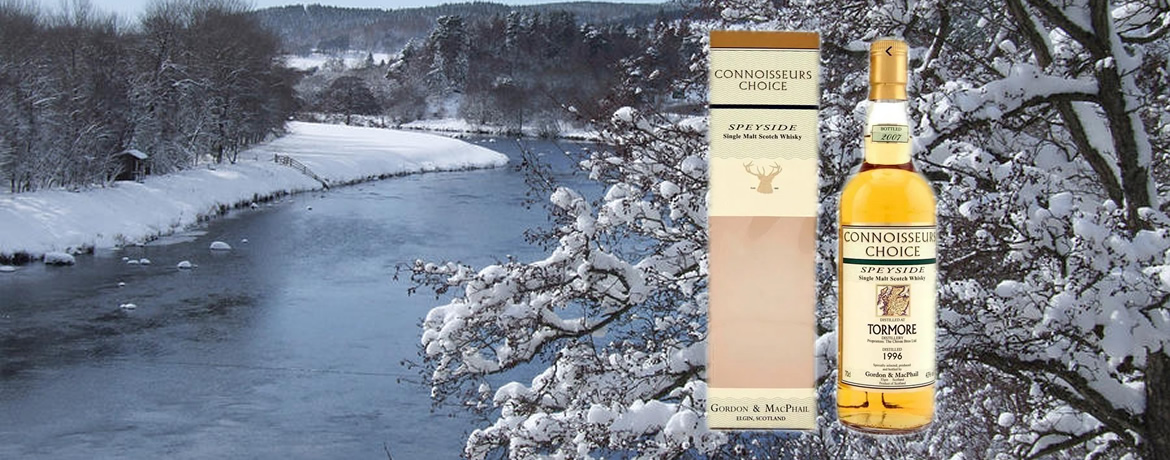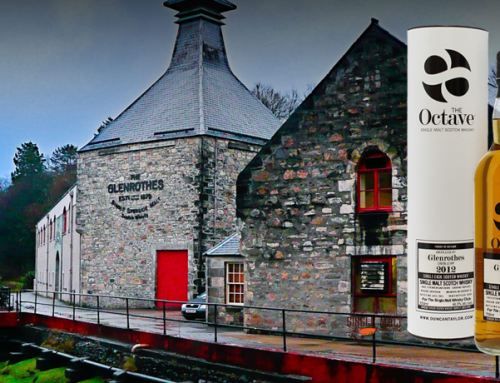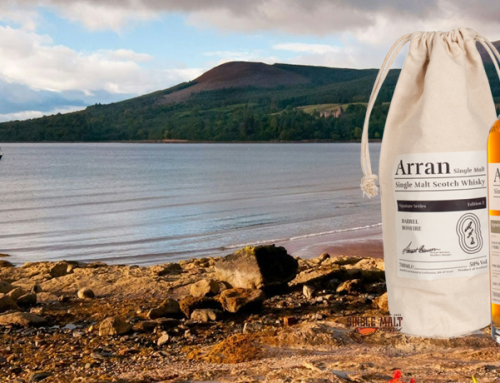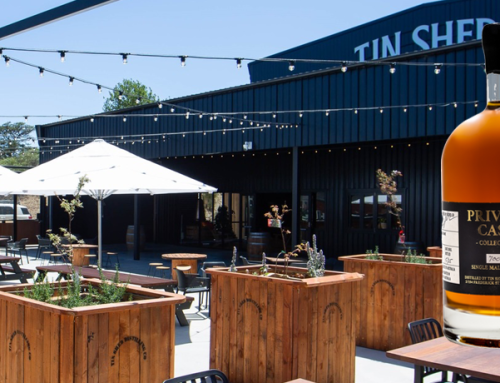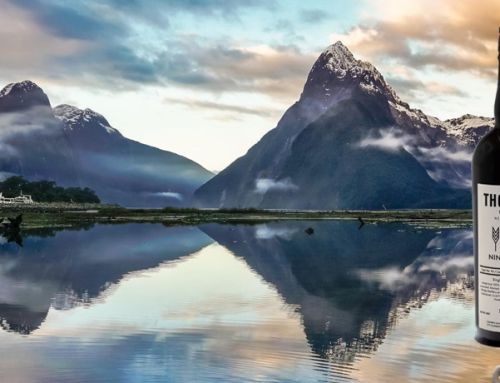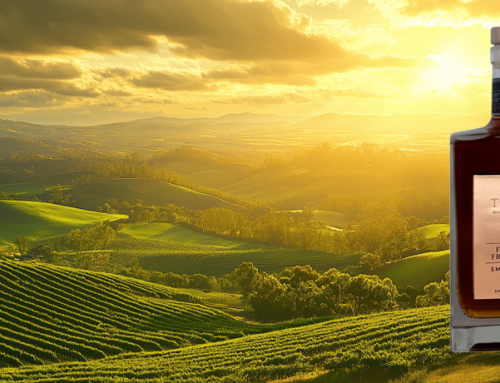Firstly, a big apology for the lateness of this months offering. We’ve had enough emails asking about July’s offer that we know the members are thirsty! A late arrival of the boat carrying this months treasure has been the cause. On the up-side – we are super happy to report that this months Tormore Cote Rotie is very much worth the wait. Not only is it a fantastic whisky – it’s also very rare. Only 4000 bottles have been produced of this tasty drop! So, without any further ado – we are absolutely delighted to be able to offer the ‘Tormore Cote Rotie Finish’ as this months ‘Malt of the Month’.
The bronze hue has come from the red wine that had previously been stored in the barrels.
Aromas of fresh grapes and sultanas, floor polish, bacon. Closer to a Brandy or Congac. Surprising subdued, considering Viognier’s (one of the grape varietals used in Cote Rotie) reputation.
Flavours smack you in the mouth. A rich and intense flavour hit on the palate. Initially honey. Shiraz, leather, flowers from the Viognier. So many flavour bombarding the pallet, peaches, apricots, molasses, tar.
The finish is fresh jonquils enveloping the nose, and pallet. Not too drying.
Absolutely brilliant! A huge Speysider! The only sad part is there are only 4000 in the world.
DISTILLERS NOTES
Bottle Size : 700ml
ABV : 46% abv
Region : Scotland – Speyside
Peated : No
Nose without Water: Sweet vanilla aromas mingle with sticky prunes, apple, and fresh grapefruitnotes. A touch of ginger and cocoa powder develop.
Palate without Water: Sweet and creamy with soft spiced apple, butterscotch, and tangerine flavours. An earthy undertone develops with toasted oak and brazil nut.
Nose with Water: Vanilla, blackberries, and rhubarb aromas mingle with tart raspberry and zesty lime.
Palate with Water: Intense sweetness initially, followed by baked apple pie flavours with a touch of spice. The finish is slightly drying with oak and lime.
Body: Medium. Finish: Medium; sweet and fruity.

ABOUT THE DISTILLERY
Tormore is a Speyside distillery, which is located approximately 1 km south of the River Spey. Its water source is the Achvochkie Burn. The Tormore is one of the younger Scottish whiskies, the distillery construction began in 1958 and was completed in 1960. It was the first new distillery to be built in the country in the 20th century. Designed by Sir Albert Richardson for Long John International, it is a listed building, and one of the most architecturally striking distilleries. The building is made of granite, has copper rotors and a clock which plays 4 different Scottish songs each quarter of an hour. A village of workers houses were built in the same style, which was up for sale in its entirety in 2004, for offers over £550,000. The topiary hedges in the garden are also clipped to the shape of a bell or still.
In 1972, the distillery was expanded from four to eight stills. These were converted to be heated by wood chips in 1984, a by-product of area’s forestry. Long John was absorbed by Whitbread & Co in 1975, and the distillery was acquired by Allied Distillers Ltd the same year. The Tormore distillery has been controlled by Pernod-Ricard since they purchased Allied Domecq in 2005. A time capsule in the shape of a pot-still is buried in the forecourt, which is intended to be opened in 2060. It contains glasses and a tregnum of Long John, the original owners’ own blended whisky. Sadly, the bulk of whisky produced by Tormore is used in blending Chivas Regal.


The Tormore Cote Rotie is distilled by the Tormore distillery, but has been oaked and aged by our old friends at Gordon and MacPhail. This is a 2002 vintage spirit. Initially, it was aged in first fill bourbon casks. This is fairly standard fair so far. However, our friends at G&M have then swapped the aging whisky into Côte Rôtie (a red wine variety) casks for the last 2 years (well… almost 2 yrs – 22 months to be precise). Bottled in 2017, 13yrs in bourbon and 2 years in red wine. Sounds pretty interesting.
Côte Rôtie is a appellation d’origine contrôlée (or ‘AOC’ – “controlled designation of origin” ) in Northern France. For those unfamiliar with this – it basically means that only wines produced the the Côte Rôtie region can call themselves … well.. Côte Rôtie. Chablis and Champagne are two other example of AOC’s. The casks used have come from the regions most famous producer of Côte Rôtie – Guigal
